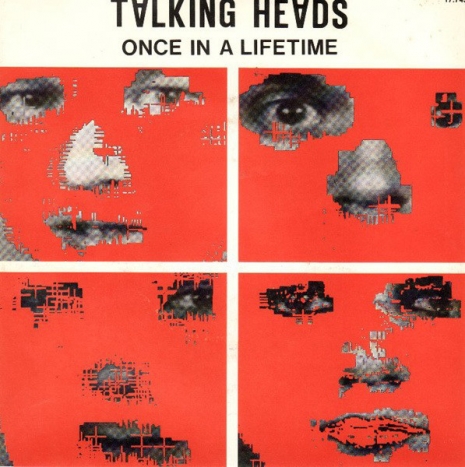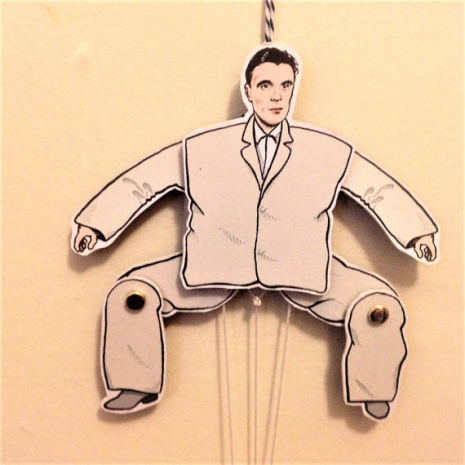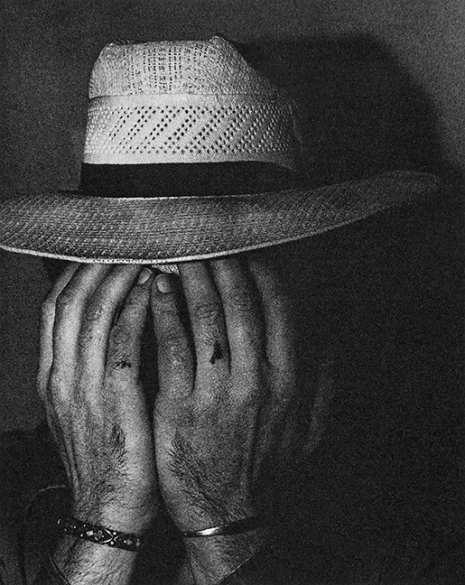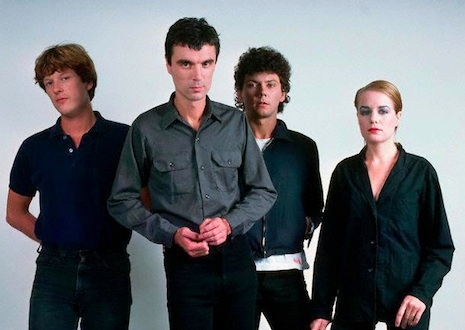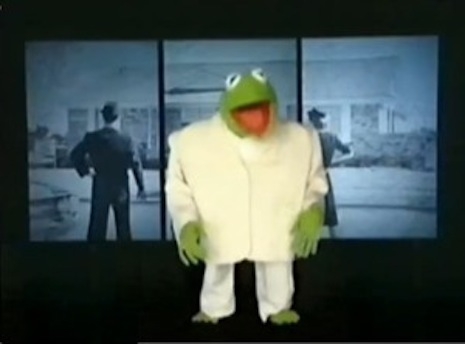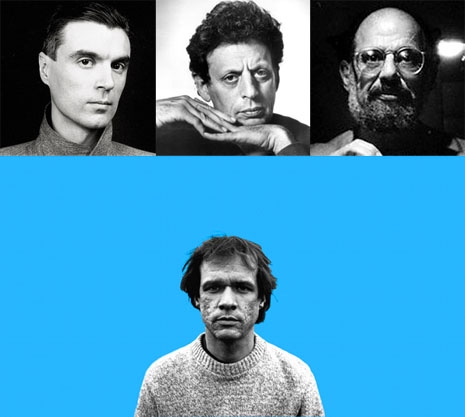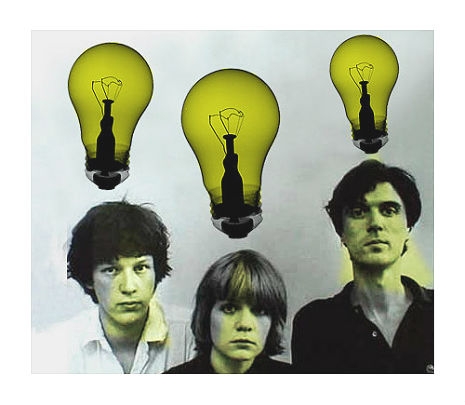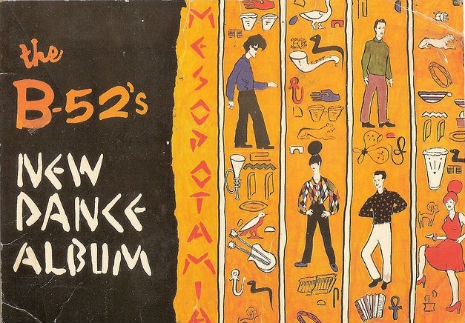
Although it’s my own personal favorite B-52s release, the 1982 EP produced by David Byrne known as Mesopotamia is generally thought of as being one of their least successful records. At least it was critically savaged when it first came out, but to my mind it contains their very best work. The hiring on of Byrne, then at the height of his creative powers, I thought was an inspired move on the band’s (or label’s) part. Byrne introduced the polyrhythmic beats of Remain in Light and My Life in the Bush of Ghosts to the signature sound of the “tacky little dance band from Athens, Georgia’’ to great effect. I was a big Talking Heads fan, and a far bigger B-52s fan, so hearing elements of the Heads’ “Afro-Eno-era” sound melding with the wacky racket of the B-52s was heaven for me as a teenage rock snob. Byrne took the B-52s sound to a different place, and I felt nicely expanded on their sonic palette. The B-52s obviously felt differently, as Byrne was fired before a complete album could be recorded (hence why only an EP of the sessions was released).
Seriously, you have no idea how often I played this record. It falls into the “soundtrack of my life” category in a big way. But what many fans of the group do not know is that there are three very different versions of Mesopotamia: The “classic” shorter US/Warner Brothers EP version; the extended mix version mistakenly(?) released in Germany and in the UK by Island Records; and the 1991 CD version, which basically mixed David Byrne’s contribution right out of the proceedings…
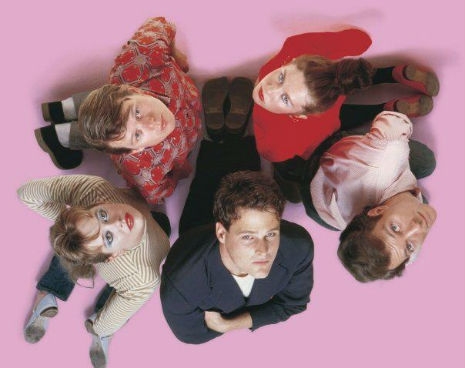
The first two B-52s albums are classics, and to my mind perfect in every way, but a third album in that same style would have probably been one too many. Byrne’s involvement, for many fans and critics, took the band a little too far away from their inspired amateur beginnings. Perhaps, but who else but Byrne was capable of coming up with such amazingly funky polyrhythmic grooves back then? And haven’t the B-52s always been about the beat? David Byrne was on fire at that time creatively and was simultaneously working on his masterpiece score for Twyla Tharp’s Broadway ballet The Catherine Wheel. I’ve read that the B-52s felt that his production made them sound too much like Talking Heads, but hey, what a valid direction that was for them! True, certain elements of their signature sound were diminished (Ricky Wilson’s Venusian/spy-fi surf guitar for one, and Keith Strickland’s drums were crowded out by a drum machine), but other elements (Wilson’s striking use of dissonance in his compositions) are given freer rein with different instrumentation (like the nearly atonal “No Wave” brass section and sleekly synthesized bass lines) than the B-52’s normally employed. And it’s a much darker, dreamier vibe for them, for sure. Their sound was nicely expanded upon by Byrne’s “dubbier/trippier/hip hoppier” production approach, if you ask me, but the B-52s didn’t ask me, and it was their call, ultimately.
Still why not release a special collector’s edition of Mesopotamia with the original longer David Byrne mixes and the known outtakes: “Queen of Las Vegas,” (see below), the original “Big Bird” and “Butterbean” (both recut for Whammy) and the pretty Fred Schneider sung ballad “Adios Desconocida” (which you can hear here). In any case, the longer, “alt” David Byrne version of Mesopotamia, unavailable now for 40 years and never released on CD can be downloaded all over the Internet (it’s not hard to find). I don’t hate the 1991 remix of Mesopotamia, but I’d never choose to listen to it over either of the other versions. Ever. ‘Nuff said.
An absolutely slamming live “Mesopotamia” from the Rock Pop Festival, Dortmund, Germany, 1983:
Much more after the jump…









